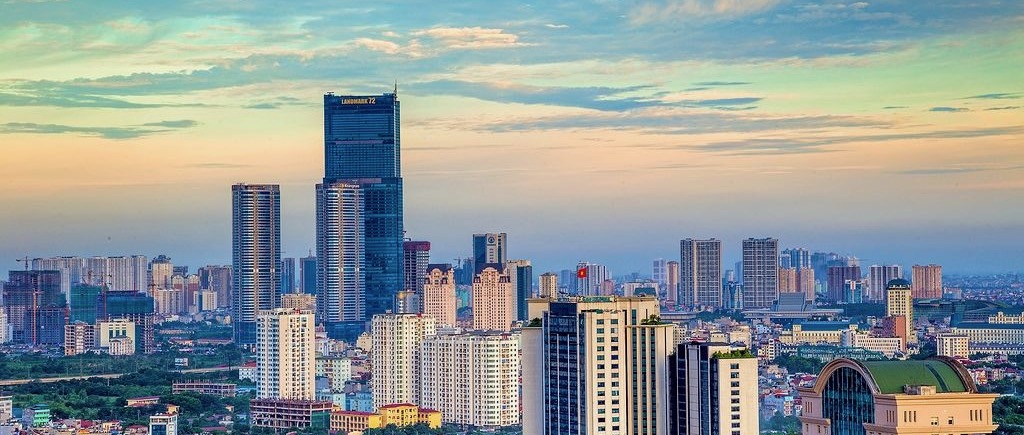Urbanization is one of the most important indicator to understand the economic growth while investing to new countries and cities.
Best resource to evaluate the transformation and growth potentiality of these countries and cities brought by urbanization, is still census data.
Vietnam is a very good example, located to the Southeast of Asia. It is a promising country considering the fast urbanization.
Vietnam has 63 provinces with around 98m population in total by 2021.
Vietnam has census every 10 year. The recent census conducted in 2019 and published by 2020. Updated census results are crucial information to understand the demographics of the population, growing areas, urban and rural population ratio, education dynamics and density of population. Vietnam has a high proportion of young population, high population increase and high urbanization growth as a result.


Ho Chi Minh(9m) with highest total and urban population is the most populated city. Ho Chi Minh is followed by Ha Noi as total population. Binh Duong and Dong Nai are other cities with over a million population. They have also had fast urban growth in the past 10 years.
Ha Noi as the second most populated city in the country has a more balanced urban and rural population.
On the other hand, Binh Duong has almost 15% annual urban population growth in the last 10 years and almost merged with Ho Chi Minh. Ha Nam, Binh Phuoc, Ha Giang, Bac Ninh, Lai Chau had 4% to 7% of urban population growth from 2009 to 2019.
If you would like to get more granular data for Vietnam, get in touch with us! You may access location based data for Vietnam through CII solutions. CII provides commune level Vietnam 2019 census results including age breakdown, education, growth, household, size as well as projected income level, daytime population, latest yearly population estimates and real estate index.

